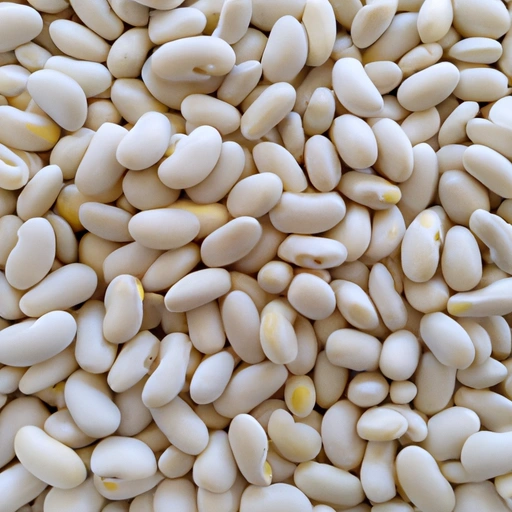White Bean
Description

White beans, known for their mild flavor and soft texture, are a popular ingredient in many cuisines around the globe. They are a type of legume, sourced from the plant family Fabaceae, and are commonly referred to by various names depending on the region, including cannellini beans, navy beans, and Great Northern beans, among others. This versatile ingredient is used in both savory and sweet dishes, and can be purchased in dried or canned forms.
Common uses
White beans are commonly used in soups, stews, salads, and casseroles. They serve as a base for dips and spreads, are mashed as fillings for savory pastries, and can even be used in baking, particularly in gluten-free recipes or as a fat substitute.
Nutritional value
Calories
Per 100g serving, white beans contain approximately 139 calories (581 kilojoules).
Protein
White beans are an excellent source of protein, offering about 9.7 grams per 100g serving (0.34 oz/3.5 tablespoons).
Fat
These beans are low in fat, with about 0.3 grams per 100g serving (0.01 oz/0.06 tablespoons).
Carbohydrates
White beans are rich in carbohydrates, providing around 25.1 grams per 100g serving (0.88 oz/5.5 tablespoons).
Vitamins
They are a good source of B vitamins, particularly folate and thiamine.
Minerals
White beans are high in minerals like potassium, magnesium, and iron.
Health benefits
White beans offer various health benefits including improved digestion, thanks to their dietary fiber content. They can help regulate blood sugar levels, support weight management, and may lower the risk of heart disease. Their high protein content also makes them a great plant-based protein source for vegetarians and vegans.
Potential risks
Consuming white beans without proper cooking can lead to digestive discomfort due to the presence of lectins. Additionally, individuals with a specific legume allergy should avoid white beans.
Common recipes
White bean recipes span across soups like Italian minestrone, salads such as the French salade niçoise, and traditional American dishes like Boston baked beans.
Cooking methods
White beans can be boiled, slow-cooked, baked, or sautéed. They are also well-suited for pureeing into smooth pastes for dips and spreads.
Pairing with other ingredients
They pair well with a variety of flavors, including aromatic herbs like rosemary and sage, vegetables such as kale and tomatoes, and proteins like chicken and sausage.
Summary
White beans are a versatile and nutritious ingredient embraced by a wide array of culinary traditions. Their mild flavor and adaptable texture make them ideal for a range of dishes, while their health benefits add to their appeal as a dietary staple. From home kitchens to gourmet restaurants, white beans continue to be a beloved choice for chefs and home cooks around the world.